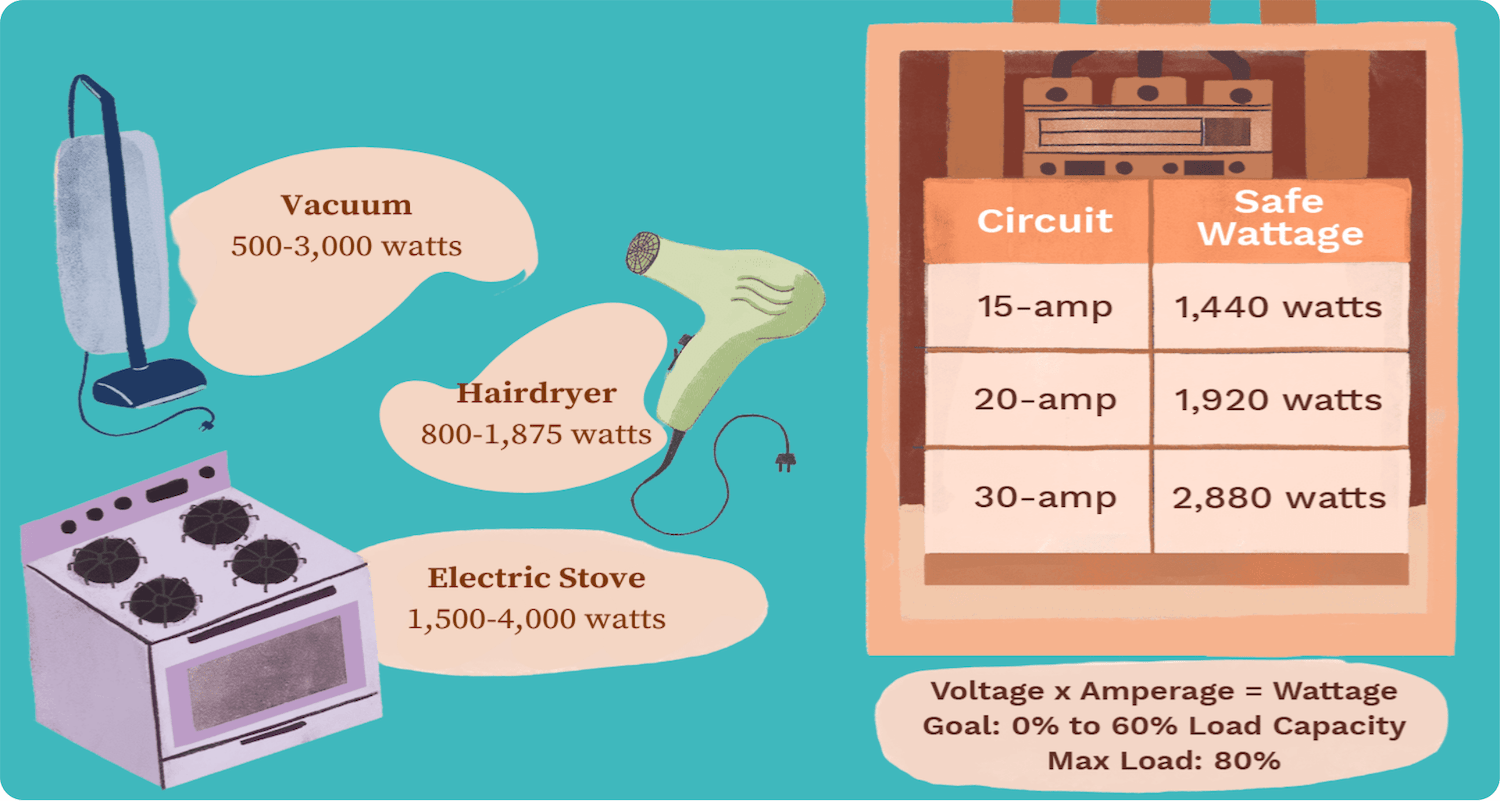Electrical wiring is an intricate web of connections that powers our homes and industries, yet so many of us barely understand the basics that lay the groundwork for safe and reliable power supply. One of the key components in any electrical system is the load wire. But what exactly is a load wire, and why is it so integral to the functionality of electrical wiring? Imagine flipping a light switch only to find that it doesn’t turn on. You may not realize it, but the culprit could be lurking in the load wire. So, what is all the fuss about?
A load wire is essential for delivering electrical current from the source—think your circuit breaker or distribution panel—to the various devices and outlets it powers. It acts as the conduit for the electrical load, which encompasses everything from your refrigerator and air conditioning unit to the simple light bulb in your living room. In essence, without a properly functioning load wire, you might find yourself in a rather dark predicament, quite literally!
To understand the role of load wires, it’s vital to grasp the broader electrical system in which they operate. What happens during the delicate dance of electricity through your wiring system? When electricity is generated, it emerges from a power source and travels along the supply wire. From there, it branches out along the load wire to consume electrical energy within your devices. But herein lies a challenge: If the load wire is improperly connected, damaged, or just plain inadequate, it risks the stability of your electrical system. Are you beginning to sense the precarious nature of electrical wiring?
Now, let’s delve deeper into what characterizes a load wire. Typically, load wires are insulated copper or aluminum conductors that vary in size, often starting with a gauge of 14 for lighter loads, and going up to 4 or even lower for heftier appliances. The gauge of a wire indicates its capacity to handle current without overheating; a thicker wire accommodates a greater load. Understanding wire gauge is crucial. A wire that’s too thin for its load can lead to catastrophic failure, starting fires or posing electric shock hazards. It’s the kind of challenge you definitely want to avoid!
Next, we should address the installation of load wires. Incorrect wiring practices can lead to shoddy connections that compromise safety. Correctly stripping the insulation off the wire, securing connections with appropriate fixtures, and using circuit breakers tailored to the load can circumvent potential disasters. When you engage with electrical systems, it’s paramount to follow local codes and standards—this isn’t just a good suggestion; it’s a necessity to ensure safety for both you and your home. Are you up for the challenge of doing it right?
When facing the prospect of working with load wires, common questions tend to surface: How do I know if my load wire is functioning correctly? What should I do if I suspect a problem? A simple test can involve checking your outlets with a multimeter to affirm their voltage. Low or inconsistent readings can be indicative of an issue within the load wire or connections. If you discover such discrepancies, the wise approach is to consult a qualified electrician—this isn’t an area to dabble in if you want to avoid electrocution or fire hazards.
Furthermore, let’s touch upon the concept of overloading circuits. Each load wire can only handle a certain amount of current, and exceeding that limit can lead to damage, tripped breakers, and even fires. It’s crucial to distribute electrical loads evenly across your circuits. You wouldn’t want a single load wire carrying the brunt of all your electrical devices, as this sets the stage for disaster. Would you want to gamble your home’s safety in such a manner?
As technology evolves, the nature of load wiring continues to change, introducing new devices and applications. Smart home technologies, for instance, are revolutionizing how we approach electrical wiring. These devices can transform load management through automation, adjusting demand based on energy use patterns, which can mitigate risks associated with overloading. However, they also require knowledgeable installation and integration with existing load wires. The challenge now lies in adapting our wiring systems to accommodate these advancements without compromising safety.
Should you ever find yourself in the position of upgrading your electrical system, completing a proper load calculation is essential. This determines how much electricity your home consumes and how your wiring can support those needs. By examining your heating and cooling systems, appliances, and even lighting, you can devise an electrical plan that not only meets requirements but excels in safety and efficiency. Have you considered how well your home’s electrical system can handle the future?
In conclusion, understanding the role of load wires is foundational to grasping the intricacies of electrical wiring. They serve as the veins of your electrical system, carrying the lifeblood of power to your devices. Recognizing their importance, addressing challenges, and being proactive about maintenance ensures a safe and effective electrical system. Embrace the complexity of your wiring, and you’ll be equipped to navigate the world of electricity with confidence. So, next time you flip a switch, remember the silent warriors—the load wires—working diligently behind the scenes to illuminate your life!
